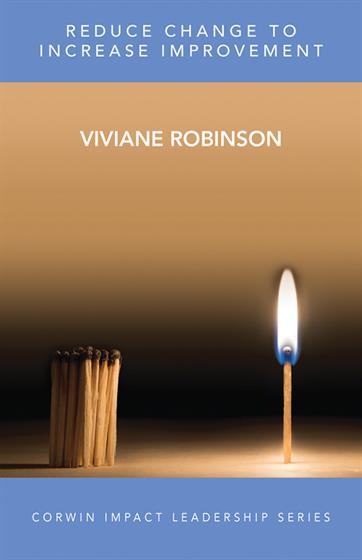Hands-on, Practical Guidance for Educators
From math,
literacy, equity, multilingual learners, and SEL, to assessment, school counseling,
and education leadership, our books are research-based and authored by experts
on topics most relevant to what educators are facing today.

Bestseller!
Reduce Change to Increase Improvement
First Edition
This book identifies the mindset, processes, and behaviors that contribute to successful reform efforts and provide school leaders with concrete tools enabling them to be more effective.
Product Details
- Grade Level: PreK-12
- ISBN: 9781506325378
- Published By: Corwin
- Series: Corwin Impact Leadership Series
- Year: 2017
- Page Count: 152
- Publication date: August 01, 2017
Review Copies
Review copies may be requested by individuals planning to purchase 10 or more copies for a team or considering a book for adoption in a higher ed course. Request review copy


